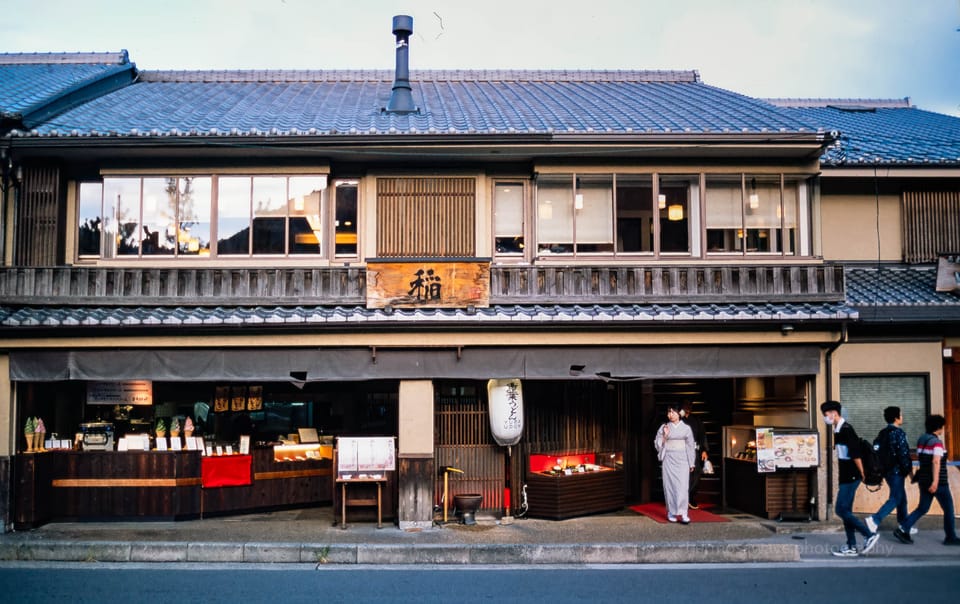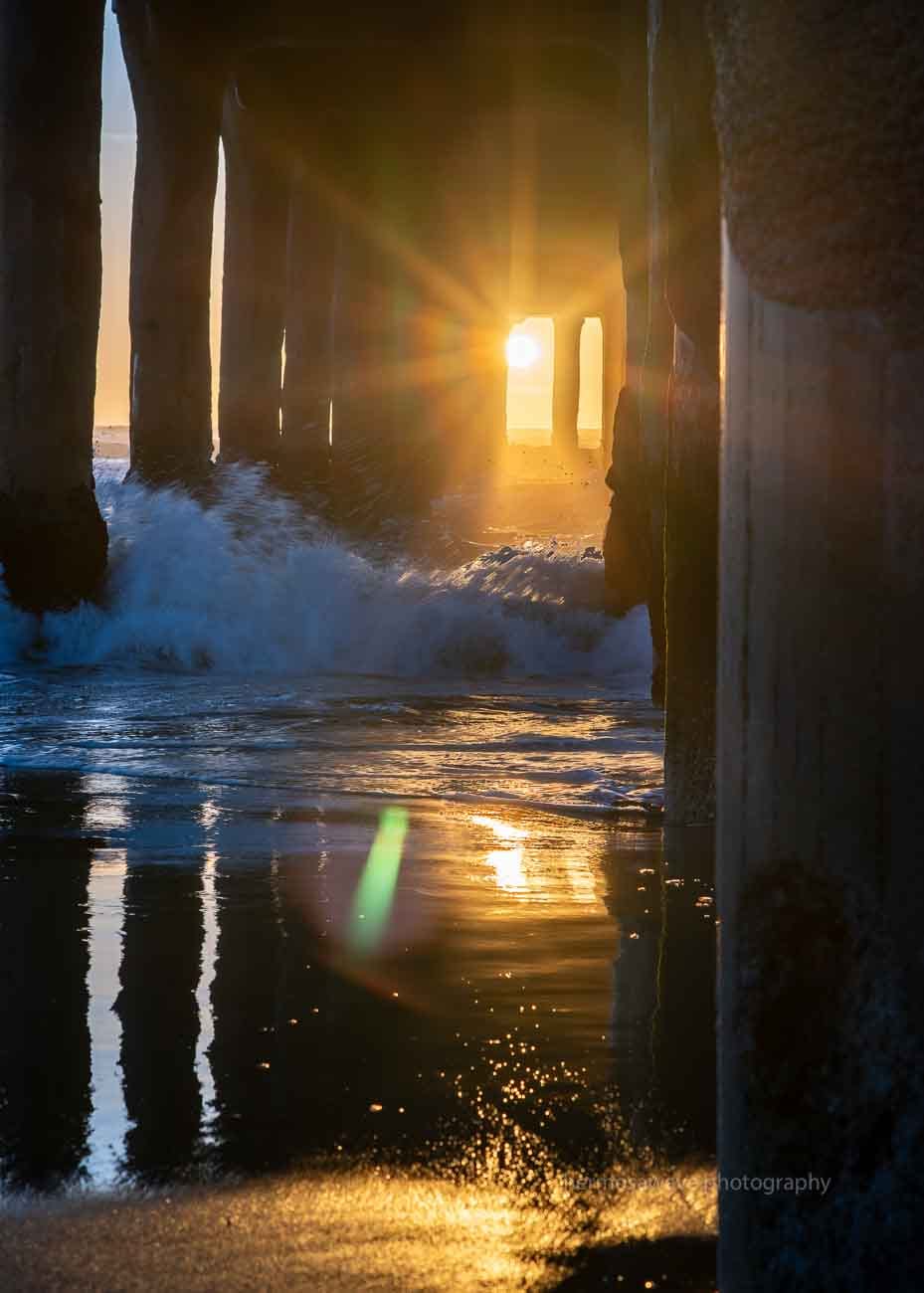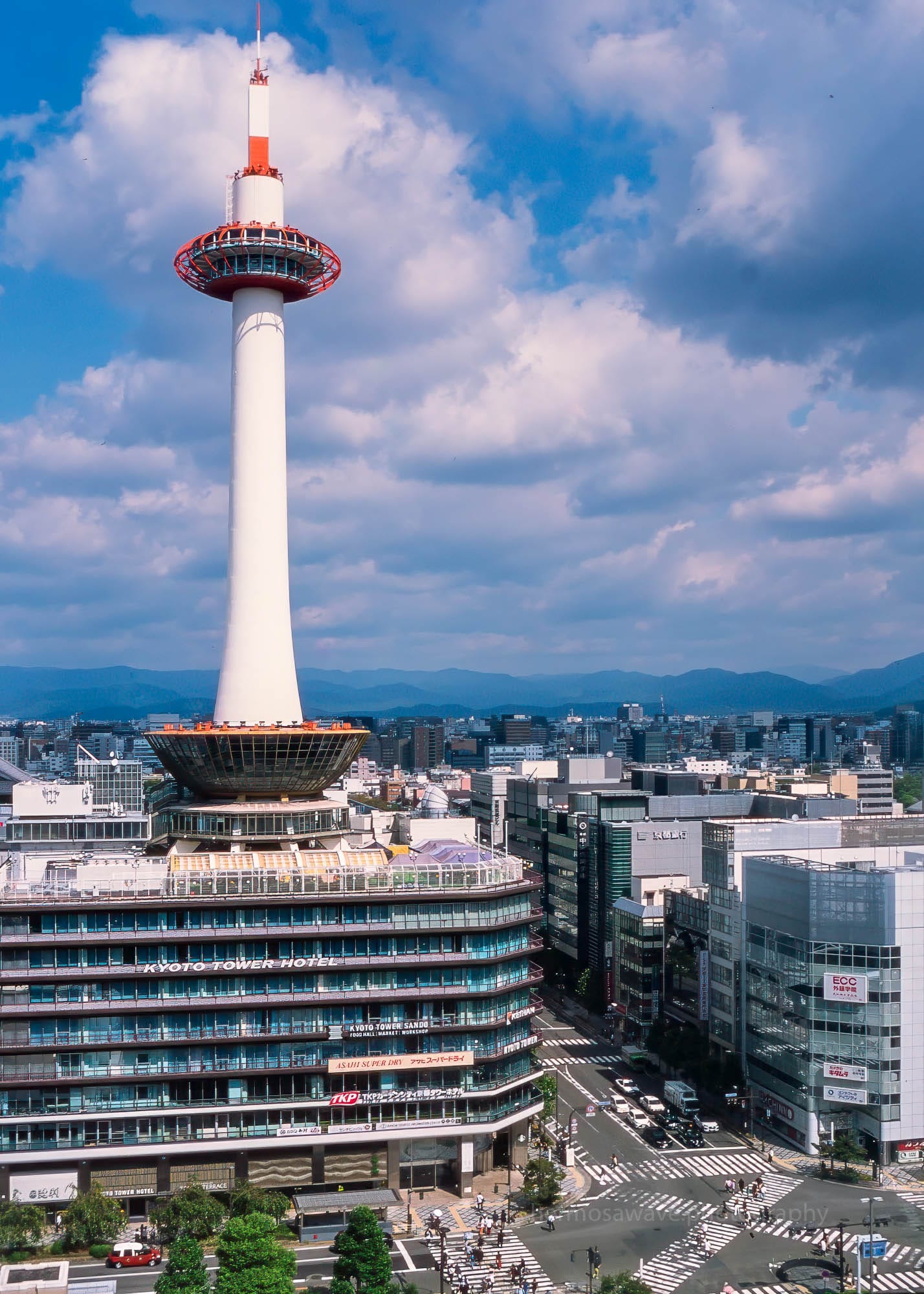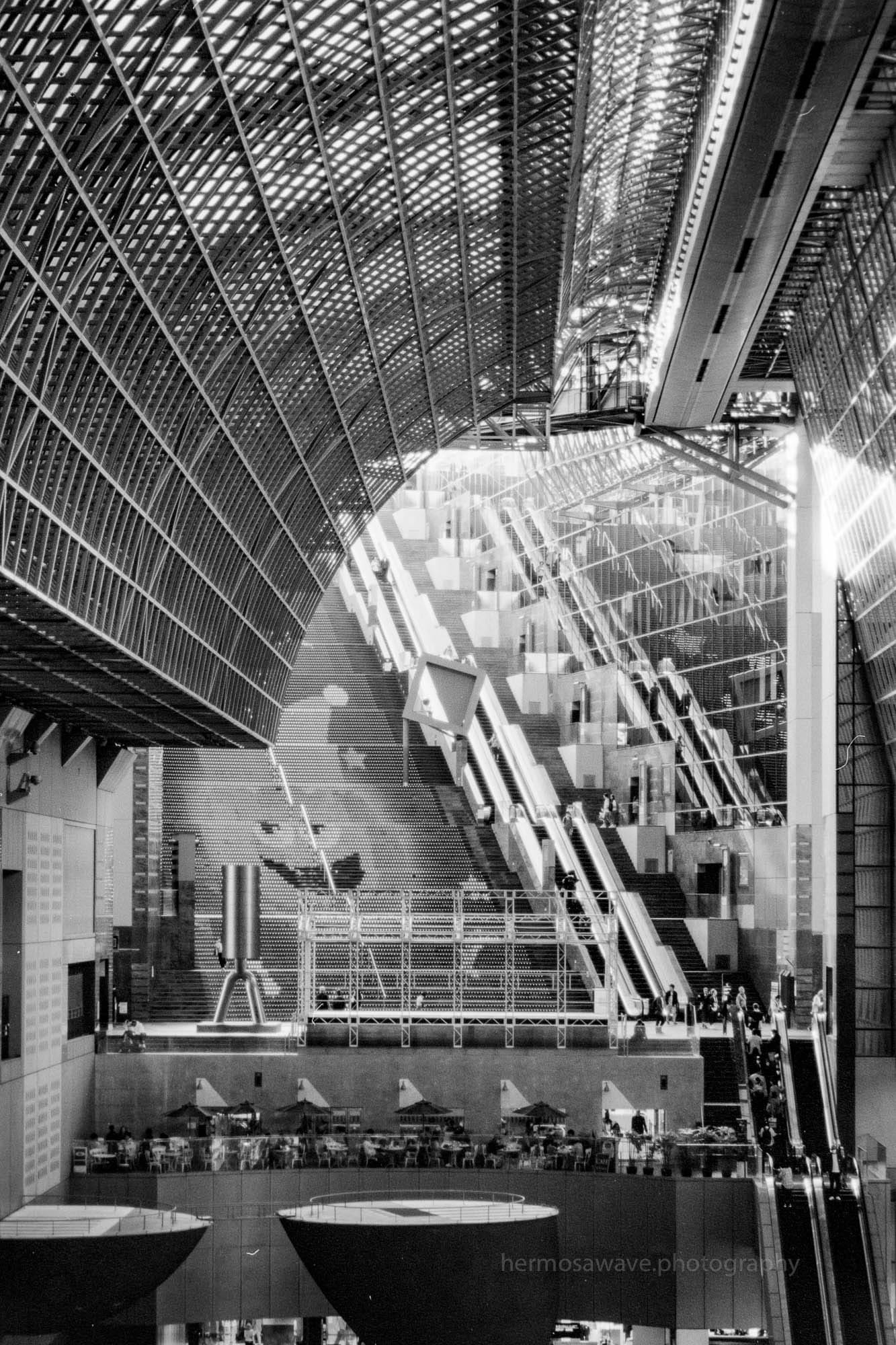It Was a Short-Lived Honeymoon.

An update on my Nikon film camera post.
I love using the Nikon FM3a camera I bought last summer, but film is not very useful in my workflow.

The premise of my Picture of the Day photoblog - that I started over 20 years ago - was to post one good picture that had been taken that very day. This was a new concept at the time, and I was able to use it to my advantage.
Film’s weeks-long delay between shooting and having a file in my hand doesn’t work very well in this context. I enjoy using my film camera and the slides look great, but digital is so much easier, faster, and overall better. I guess this is the evaluation most other people have made these past 20 years.
These manual focus Ai Nikkor lenses have been seeing a lot of use on my Sony digital camera, however. In fact I’ve purchased a few more of these lenses. They have some interesting idiosyncrasies which can add additional flavoring to an image.

I abandoned manual focus when I was trying to take photos of my energetic little kid back in the 90s. But now that he's grown and I’m back to shooting things that don't move much, using manual focus is great. It forces you to slow down and pay more attention. I even use manual focus on my iPhone sometimes, with the Halide camera app I usually shoot with.
Slide scanning is not yet optimum, but with the AI tools we have in modern photo software, I can sharpen the image, reduce noise, and generally improve the photograph, just like with a digital camera. Yet film retains its unique softness and coloring. It gives images a vintage, 20th Century look.

The other issue I have - shooting film and also using the film lenses on digital - is metadata. With autofocus lenses there are electrical connections between the lens and camera, so at the moment of exposure the camera knows which lens is being used as well as the focus and aperture settings, and it saves them in the EXIF metadata within the photo file - along with current time, camera model, shutter speed, ISO setting, and even location. A film camera records none of that information. So, trying to remember what settings or even which lens was used, is in part observation, memory and guesswork.
Then before uploading files to my website, I need to edit the metadata in order to add those items which were not recorded. My website displays the exposure data right from the photo file, so I need to embed proper information so it gets displayed properly. Most editing software like Photoshop or Lightroom will not allow you to change the exposure metadata, also though you can add other metadata, such as a title, caption or keyword. So I have to resort to some other rather amateurish software to accomplish this.

So, am I glad I did this film experiment? Yes. I was pleasantly surprised how much I enjoy the uncomputerized, optical feel of this camera. I just need to remember to wind the film. 😄
But the lenses were the big surprise in all of this.

Member discussion